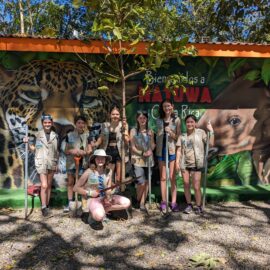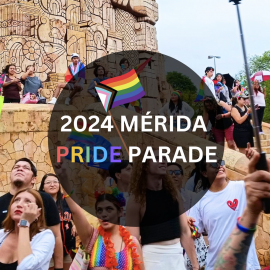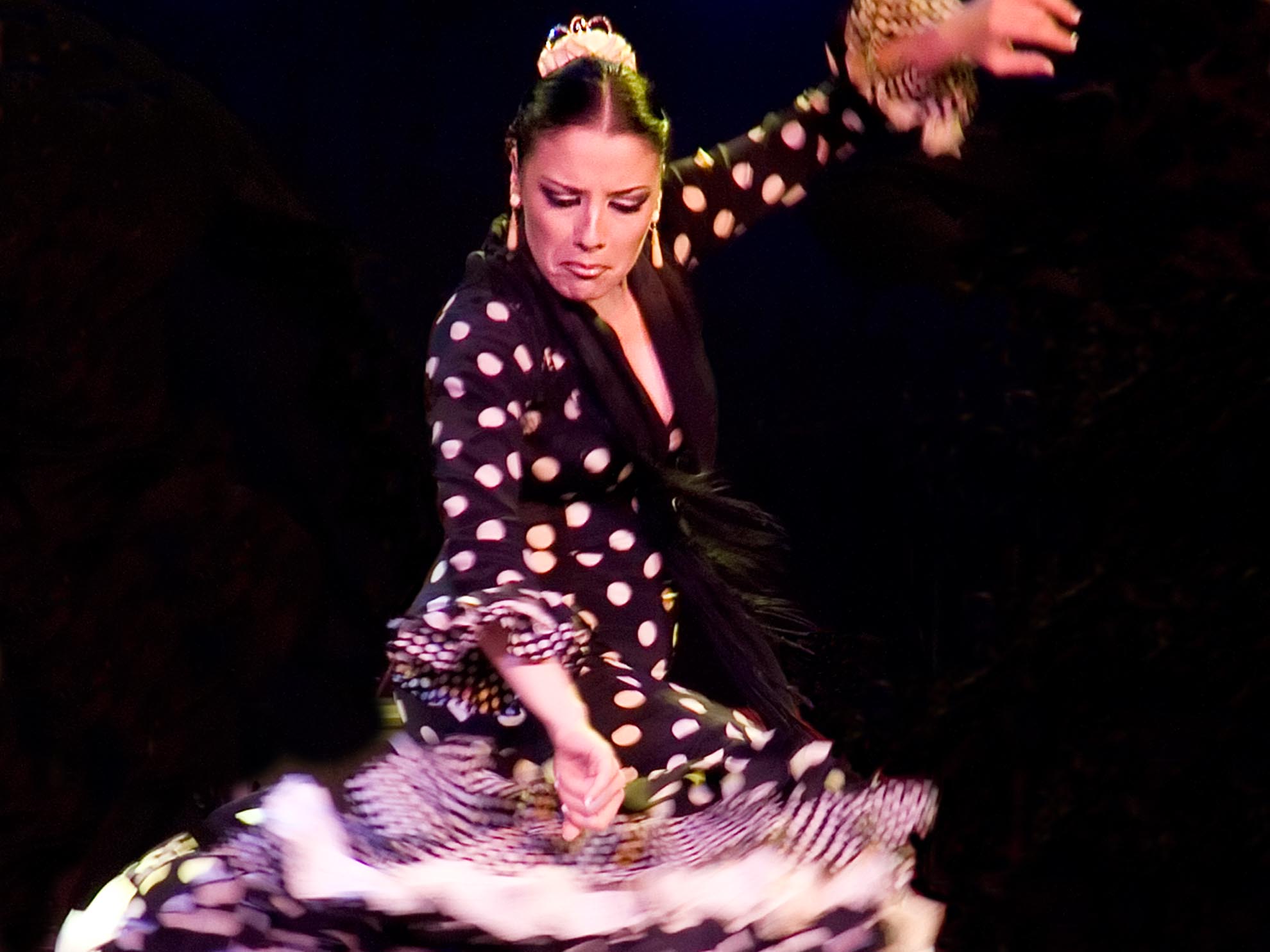Did You Know?
Zapateando por la Vida
Post contributed by Yinka Graves
I started flamenco as a hobby at University. Little did I know that it would take over my life and I would literally find myself “Zapateando por la vida.”
Zapatear (the footwork in flamenco), is an integral rhythmical component. What from afar might look like loud stamping are really complex steps that require buckets full of technique, control, strength, agility and a generous helping of compás. If there is a sturdy surface beneath my feet I can be found Zapateando just about anywhere, at train stations, at my stove, even at the hairdresser. However, I still have many hours to put in until my bucket of technique is even half full!
Por la vida can be translated in two ways: for a living, or through life; both imply that zapatear is a way of life.
Many versions of palos are differentiated according to which town they come from, sometimes even which neighborhoods! An example would beTangos de Triana, a district in Seville, which differs from Tangos de Granada. In November 2010 flamenco, its cante, baileand toque (singing, dancing and musical accompaniment – see image below!), was recognized as an Intangible Cultural Heritage by UNESCO.
I knew that if I wanted to really learn how to dance, I would have to make Spain my home. I’ve now been based in Madrid for four years. At the moment I’m even thinking that I need to make the move down to the south of Spain to continue learning – flamenco was born in the gypsy communities of Andalucía, after all. The gypsies are descendants of great travelers, and I myself have become something of a nomad since I started dancing. Due to the experience of the communities where flamenco was born, I see its essence as the artful balance of holding onto ones historical traditions, customs and identity, while continuously reinventing oneself so as not to become irrelevant.
Through my experience training to be a flamenco dancer, and more recently through performing in the tablao setting (small bars and restaurants that are the traditional setting to see live flamenco), which is ultimately based on improvisation, I’ve realized how the dance in and of itself is a reflection of this relationship between what I’ll call roots and wings. I wasn’t born into the culture, so I’m growing my own roots through learning and creating an understanding and a connection with the norms and traditions of flamenco, in classes through watching endless live performances, studying alone and listening to the cante inpeñas (local social organizations whose main function is to enjoy and preserve live flamenco). It’s a personal journey, but whichever way you go about it, it’s impossible not to delve deeply into the cultural and historical background from which flamenco exists.
I often wonder why it is that more and more people are attracted to flamenco. It seems that at a time when we are becoming increasingly focused on the individual (communicating via social networks, recording music alone on our computers, etc.), flamenco offers a direct and very powerful antidote to that. Without a singer and a musician, there can be no dance. When I perform, this idea of balance between being persuasive and strong enough (through my flamenco roots) to know where I want to take the dance, but flexible and open enough to be led and guided through the musical piece (with my wings) becomes even more real. What we call flamenco is what is created when these different elements come together. The most important thing I have come to feel is that flamenco is above all, a shared experience and a shared way of life, in which you are “Zapateando por la vida.”
For your next trip to Spain, feel like an expert in flamenco and learn some of the key jargon used in tablaos, I promise people will be impressed!
Is compás:
- a type of flamenco song
- a metronome
- the rhythm of a song
Is a palo flamenco:
- a stick used in dances
- a musical form within flamenco
- a jacket worn by men when dancing
Related Articles

The 2024 WorldStrides Student Photo & Video Contest Gallery
Post contributed by Yinka Graves I started flamenco as a hobby at University. Little did I know that it would take over my life and I would literally find myself “Zapateando por la vida.” Zapatear...

Girl Scouts: Costa Rica Tour
Post contributed by Yinka Graves I started flamenco as a hobby at University. Little did I know that it would take over my life and I would literally find myself “Zapateando por la vida.” Zapatear...

2024 Mérida Pride Parade
Post contributed by Yinka Graves I started flamenco as a hobby at University. Little did I know that it would take over my life and I would literally find myself “Zapateando por la vida.” Zapatear...

Rise Up, Take Action: How to Support the LGBTQIA+ Community
Post contributed by Yinka Graves I started flamenco as a hobby at University. Little did I know that it would take over my life and I would literally find myself “Zapateando por la vida.” Zapatear...


